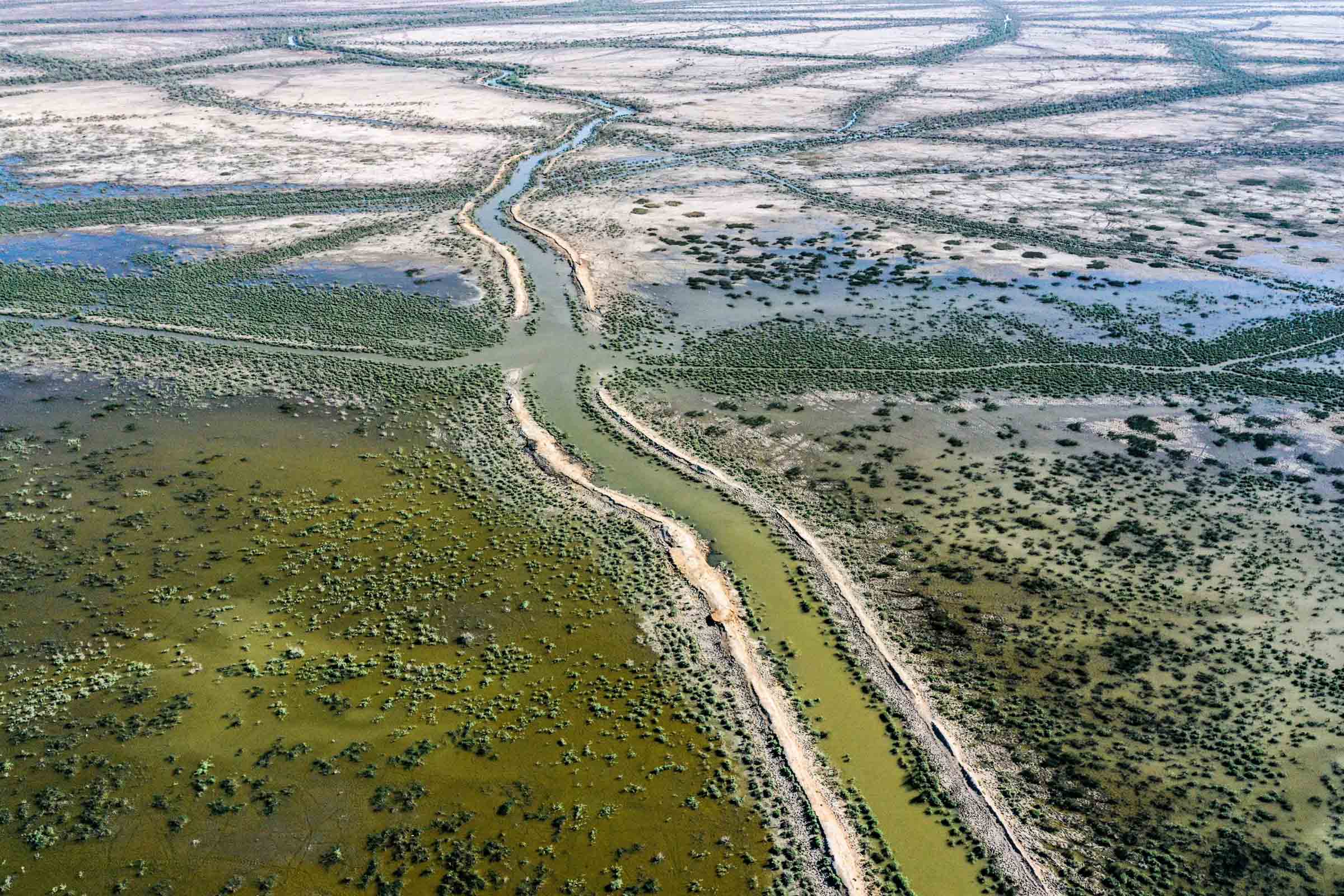Concrete, the ubiquitous building material that has shaped the foundations of human civilization, is poised to become a powerful carbon sink thanks to a groundbreaking innovation from a team of engineers at Northwestern University. In a remarkable feat of scientific ingenuity, the researchers have discovered a method that not only preserves the strength and durability of concrete but also efficiently captures and stores carbon dioxide during the manufacturing process.

Concrete, the second most consumed material globally after water, has long been a double-edged sword. While it has enabled the construction of awe-inspiring structures, from ancient Roman aqueducts to modern highways, the cement industry’s contribution to greenhouse gas emissions, accounting for approximately 8% of the world’s CO2 emissions, has highlighted the urgent need for sustainable solutions.
Enter the innovative team led by Alessandro Rotta Loria, the Louis Berger Assistant Professor of Civil and Environmental Engineering at Northwestern’s McCormick School of Engineering. Their approach is as simple as it is ingenious: using carbonated water in concrete manufacturing instead of still water.
The results of their research are nothing short of remarkable. The team found that almost half of the CO2 introduced during the manufacturing process was captured and stored within the concrete itself, without compromising the material’s strength or durability. In fact, Loria noted that the strength of the carbonated concrete might even be higher than that of traditional concrete, though further testing is still required.
“We are trying to develop approaches that lower CO2 emissions,” Loria explained. “Our solution is so simple technologically that it should be relatively easy for the industry to implement.”
This breakthrough is a testament to the power of industry-academic partnerships, as the research was conducted in collaboration with CEMEX, a global building materials company dedicated to sustainable construction. Davide Zampini, the vice president of global research and development at CEMEX and a co-author of the study, recognized the significance of the approach, stating that it provides an opportunity to engineer new clinker-based products where CO2 becomes a key ingredient.
The team’s innovative method builds upon previous research that explored various ways to store CO2 inside concrete. By injecting CO2 gas into water mixed with a small amount of cement powder before combining it with the rest of the cement and aggregates, the researchers ensured that the CO2 is efficiently integrated into the concrete mix, maximizing the amount of gas sequestered.


